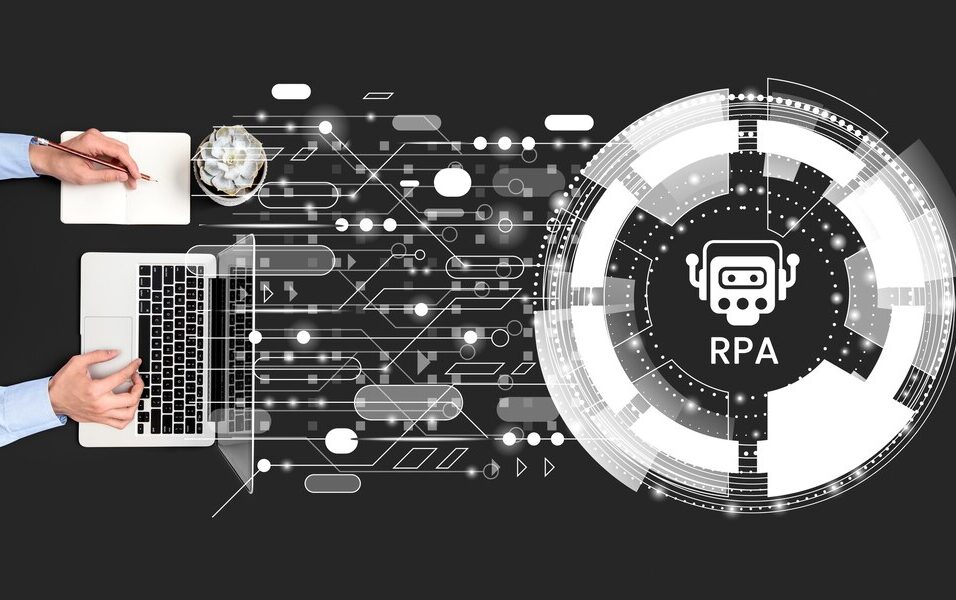Introduction
Continuous Integration and Continuous Deployment (CI/CD) have been standard practices in software development for years, enabling faster and more reliable software releases. However, in the realm of Machine Learning (ML), CI/CD faces unique challenges due to the iterative and experimental nature of data science. To bridge the gap between DevOps and Data Science, organizations must implement tailored CI/CD pipelines for ML models, ensuring efficient, reproducible, and automated deployments.
This blog explores CI/CD for ML (MLOps), covering its key components, challenges, tools, and best practices.
Why CI/CD for Machine Learning?
Traditional software development CI/CD pipelines focus on code integration, testing, and deployment. However, ML models introduce additional complexities:
- Data Dependency: Model performance depends on changing datasets, requiring data validation and version control.
- Model Training: Unlike software binaries, ML models require iterative training and validation.
- Reproducibility: Ensuring that an ML model produces consistent results across different environments.
- Model Monitoring: Performance can degrade due to data drift, requiring continuous monitoring and retraining.
A robust CI/CD pipeline for ML helps automate these steps, improving collaboration and deployment efficiency.
Key Components of a CI/CD Pipeline for Machine Learning
A well-structured CI/CD pipeline for ML typically consists of the following stages:
1. Data Versioning and Preprocessing
- Use tools like DVC (Data Version Control) or LakeFS to manage dataset versions.
- Automate data cleaning, feature engineering, and preprocessing as part of the pipeline.
2. Model Training and Validation
- Implement automated training workflows using Kubeflow, MLflow, or TensorFlow Extended (TFX).
- Use hyperparameter tuning techniques like Grid Search or Bayesian Optimization.
- Validate models using cross-validation and statistical metrics (e.g., accuracy, F1-score, RMSE).
3. Model Packaging
- Convert trained models into portable formats (ONNX, TensorFlow SavedModel, PyTorch Script).
- Use containerization tools like Docker for environment consistency.
4. Continuous Integration (CI)
- Automate model testing using pytest, Great Expectations, or Deequ.
- Validate model accuracy against benchmarks before proceeding to deployment.
5. Model Deployment (CD)
- Deploy models using serverless platforms (AWS Lambda, Google Cloud Functions) or managed services like SageMaker, Vertex AI, or Azure ML.
- Implement A/B testing or shadow deployments to compare new and old models in production.
6. Model Monitoring & Feedback Loop
- Monitor data drift and concept drift using tools like Evidently AI or WhyLabs.
- Automate model retraining based on monitoring results.
Challenges in Implementing CI/CD for ML
1. Managing Data and Model Versions
- Unlike traditional code, ML workflows involve large datasets and multiple model versions.
- Solution: Use DVC, MLflow Model Registry, or Git-LFS for versioning.
2. Handling Long Training Times
- Model training can take hours or days, delaying deployments.
- Solution: Use distributed training on Kubernetes, SageMaker, or Ray to accelerate training.
3. Reproducibility Issues
- Models may perform differently across environments due to hardware and software variations.
- Solution: Use Docker, Conda environments, and Infrastructure-as-Code (Terraform, Ansible).
4. Automating Model Validation
- ML models require thorough validation before deployment.
- Solution: Implement automated testing suites with unit tests, integration tests, and data drift detection.
Tools for Building ML CI/CD Pipelines
1. CI/CD & Automation
- GitHub Actions, Jenkins, GitLab CI/CD, CircleCI – Automate model testing and integration.
- Argo Workflows, Apache Airflow – Orchestrate ML workflows and automate data pipelines.
2. Model Tracking & Experimentation
- MLflow, Weights & Biases, Neptune.ai – Track model experiments, metrics, and parameters.
3. Data Versioning & Feature Stores
- DVC, Feast, Delta Lake – Manage datasets and track feature transformations.
4. Deployment & Model Serving
- TensorFlow Serving, TorchServe, KServe – Deploy models as APIs.
- SageMaker, Vertex AI, Azure ML – Manage end-to-end ML lifecycle in the cloud.
Best Practices for ML CI/CD
1. Automate Everything
- Automate data preprocessing, model training, and evaluation.
- Use Infrastructure-as-Code (IaC) for environment provisioning.
2. Version Control for Everything
- Track datasets, models, and hyperparameters using Git, DVC, and MLflow.
3. Implement Robust Testing
- Conduct unit tests for data processing.
- Run integration tests to validate model performance on real data.
4. Monitor Models Continuously
- Use drift detection, logging, and alerting to track model performance.
- Retrain models proactively when performance declines.
5. Ensure Security & Compliance
- Enforce data governance, access controls, and audit logging.
- Use explainable AI (XAI) tools for transparency.






Leave feedback about this